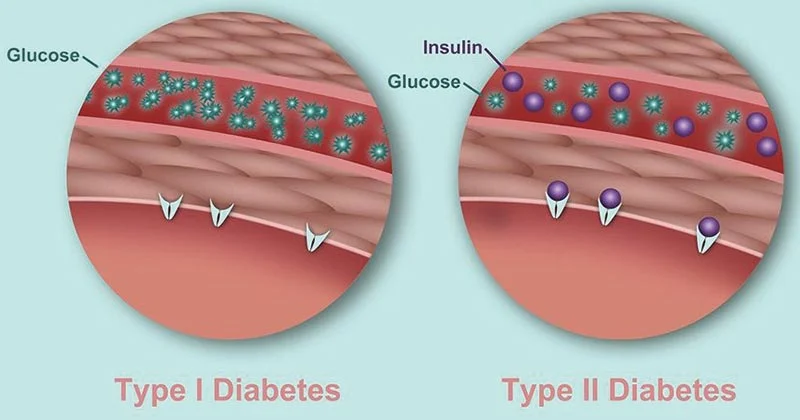Replacing 30 minutes of sitting a day with equal time standing or even sleeping could improve obesity markers like body weight and waist circumference, according to a new cross-sectional study investigating the impact of movement behavior on cardiometabolic health.
The findings suggest that, while higher-intensity activity may confer benefits sooner, adding more light activity or more standing, or even going to bed earlier, could improve heart health measures over time.
“Our study highlights that replacing sedentary behavior with any other behavior can be beneficial,” said study author Joanna M. Blodgett, PhD, a researcher at University College London’s Institute of Sport, Exercise and Health, and department of targeted intervention.
The study builds on a large and growing body of evidence that movement behaviors impact cardiometabolic health. Increasing physical activity to 150 minutes a week has been shown to reduce the risk for cardiovascular disease by 17% and type 2 diabetes by 26%. Other studies suggest that even modest increases in physical activity can be beneficial. A prospective study published last month found that even short activity bouts of a few minutes a day may lower risks for heart attack, stroke, and early death.
In the new study, researchers analyzed data from six studies and more than 15,000 participants, ranking behaviors according to their association with heart health. Moderate-to-vigorous activity was linked to the greatest benefit, followed by light activity, standing, sleeping, and finally — dead last on the list — sitting.
A thigh-worn device tracked participants’ activity throughout the day, and six measures gauged heart health: body mass index (BMI), waist circumference, HDL cholesterol, total-cholesterol-to-HDL ratio, triglycerides, and glycated hemoglobin (HbA1c).
Researchers modeled what would happen if people swapped various amounts of one activity for another every day for a week. Replacing just 4 to 13 minutes of sitting with moderate-to-vigorous activity (movement that gets you to reach 65%-75% of your maximum heart rate) improved heart health markers.
The cardiovascular demands of regular intense activity like running, cycling, dancing, or playing sports — even in small bouts — strengthen the heart and improve blood flow throughout the body, Blodgett said. “This can lower cholesterol, blood pressure, and resting heart rate.”
Even if adding moderate-to-vigorous activity is not an option, the findings suggest that people can still see benefits by replacing sitting with virtually any other activity — walking, standing, even sleeping.
Limitations
Because the study was observational, results can’t be used to infer causality.
“We cannot directly lean on the study results to guide prescriptions for particular exercise or lifestyle changes,” said Matthew Tomey, MD, a cardiologist with the Mount Sinai Health System in New York City, who was not involved with the study. An interventional trial would be needed to confirm the findings, he said.





